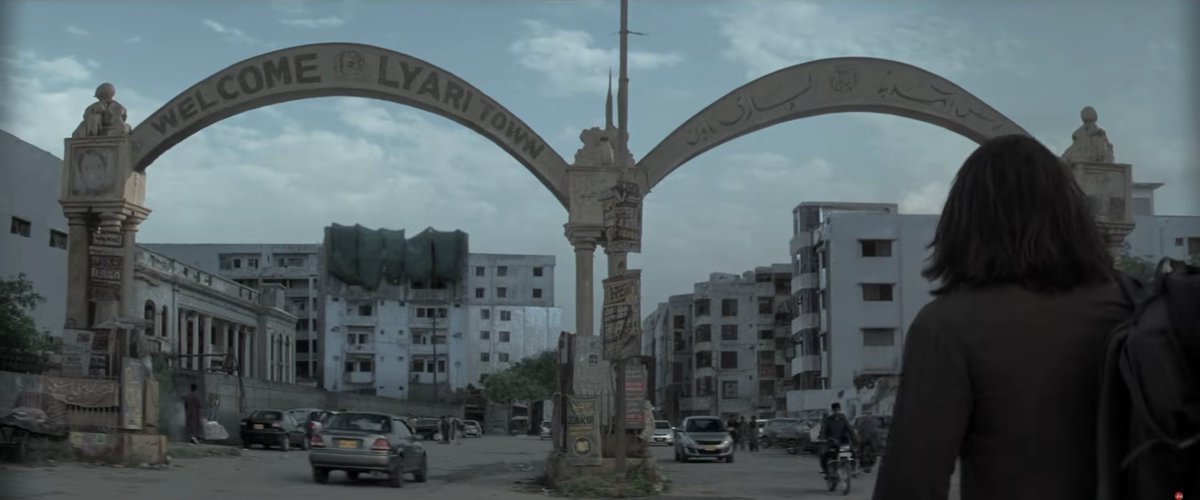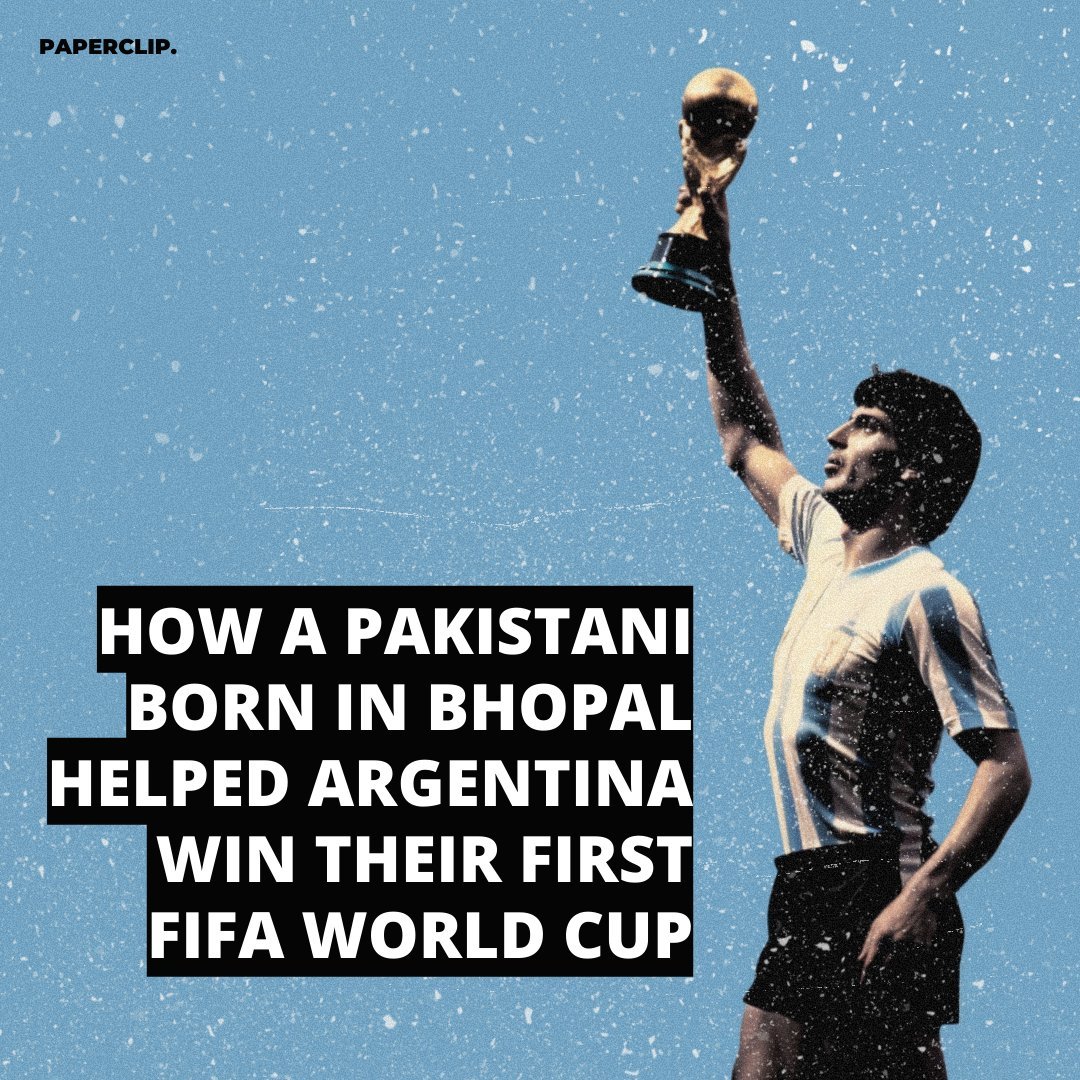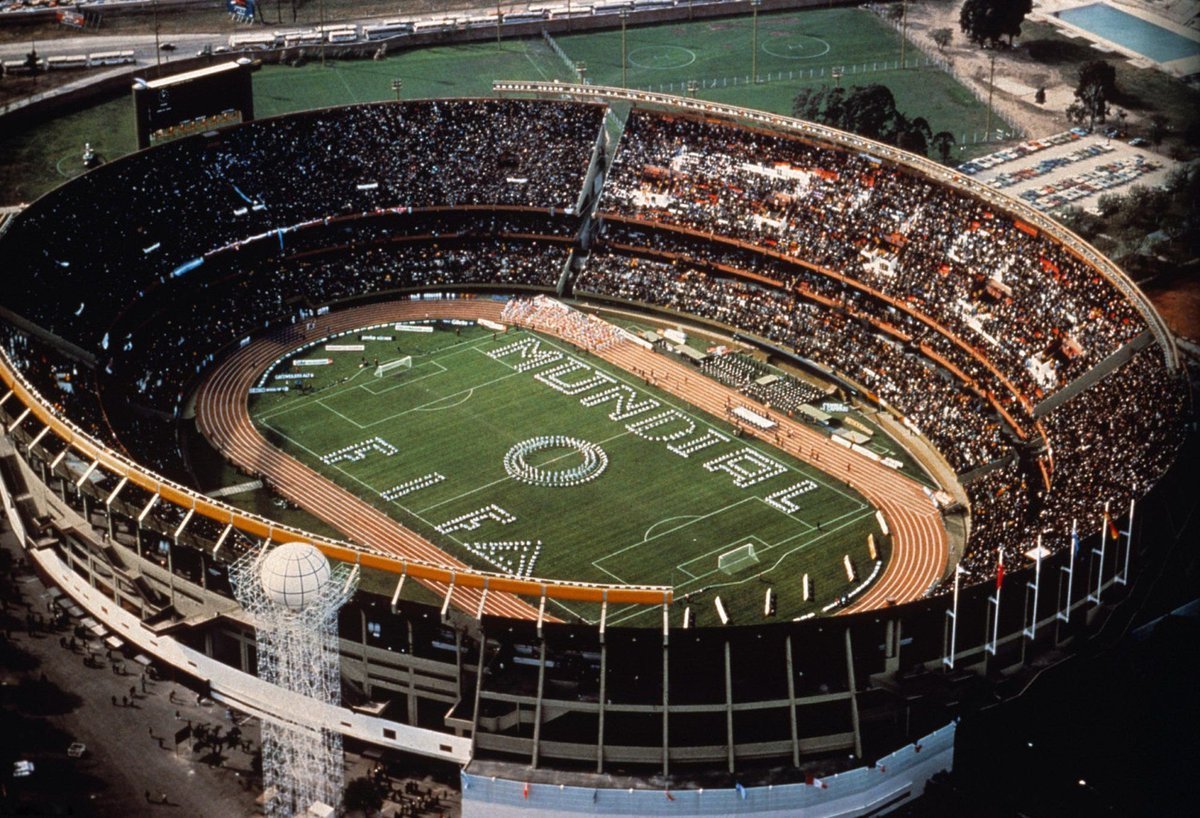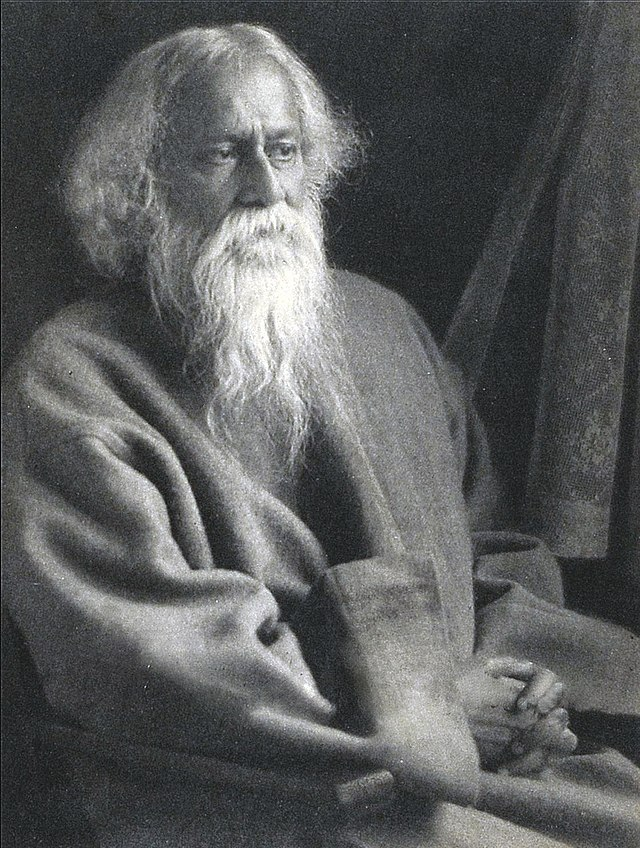For a period of five to six years in the late 1960s, the Imperial Tobacco Company hosted a music competition named after their Simla brand of menthol cigarettes. On #WorldMusicDay we look back at the Simla Beats and how it led to the formation of India’s first rock band. 1/14 

Many believe the coming of the Beatles to Rishikesh for their spiritual visit in 1968 was hailed as India’s rite of passage to the world of Rock Music, but there are others who believe that a certain music competition heralded India’s Rock Revolution. 2/14 

Around 1967 the tobacco brand ITC decided to promote their cigarette brand Simla in a unique way, by hosting a competition for competing music bands. In those days the Indian youth was slowly getting hooked to the beats of a Western genre called Psychedelic Rock. 3/14
ITC decided to boost this underground movement, so started the Simla Beat. Every year henceforth Bands from all over the country competed in the Simla Beat. People used to line up outside the Shanmukhananda Hall in Bombay to enjoy the music. 4/14 

The bands who won were given a chance to record their winning beats in Calcutta and this was released under the compilations titled Simla Beat. The compilation’s sleeve had the band’s name, their city, and the song’s name. 5/14 

The artwork used for the event was another thing to behold. Quite abstract and strangely beautiful, they give a rare insight into the cultural and musical outpourings of the wild and rebellious era of the 60s and 70s 6/14 

The Savages, The Confusions from Madras, and The Dinosaurs from Bangalore were some of the bands who participated in the contest. The combustibles were another popular band from Mumbai, but they never managed to win the competition. 7/14 

The Simla Beat was however not the only competition in town. Sound Trophy, organized by HMV, was another one that had a similar competition of the bands. The music had everyone hooked on, the age of rock had arrived. 8/14
There was no looking back from this. In 1971 Robert Plant and Jimmy Page, the vocalist, and guitarist of the rock band Led Zeppelin were found strolling down the streets of Mumbai. When a pub owner recognized them, he couldn’t believe his eyes. 9/14 

It is believed that the duo performed an impromptu gig at the grunge pub Slip Disc, though it is mostly taken to be an urban legend now with no records of the performance surviving. It added to the growing popularity of the music genre, nonetheless. 10/14
In 1975 seven young men in Calcutta, some in their twenties and some in their teens decided to completely change the status quo. The city reeling from the aftermath of the Naxalite movement still had the audacity to defy. 11/14
In the backyard of a south Calcutta house, the group led by the enigmatic singer/songwriter Gautam Chattopadhyay found what is believed to be India’s first rock band Moheener Ghoraguli (Moheen's Horses). 12/14 

The band with their fusion of Bengali folk and jazz bought the genre into a completely new light. Born out of rebellion the band truly embraced what it meant to be a rock band: rebellious, anarchic, and most of all pathbreaking. 13/14 

Though Simla Beats cannot be fully credited for the formation of Mohener Ghoraguli, its influence in forwarding psychedelic rock from garages to the fully packed venues and heralding a new genre of music to Indian ears remains undeniable. 14/14
Sources: homegrown.co.in/article/34451/…, firstpost.com/long-reads/rem…, homegrown.co.in/article/804901…, redbull.com/in-en/simla-be…, homegrown.co.in/article/37748/…
NB: Paperclip does not promote or encourage use of LSD or any kind of addictive drugs/substance. We also strongly encourage everyone to abide by the laws of their respective regions with regard to consumption of addictive substances.
• • •
Missing some Tweet in this thread? You can try to
force a refresh















